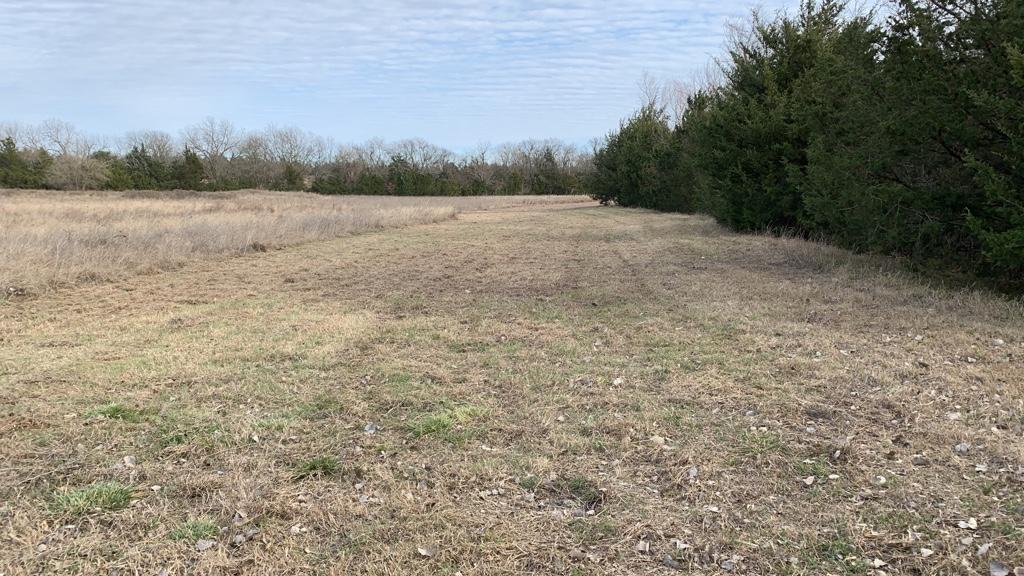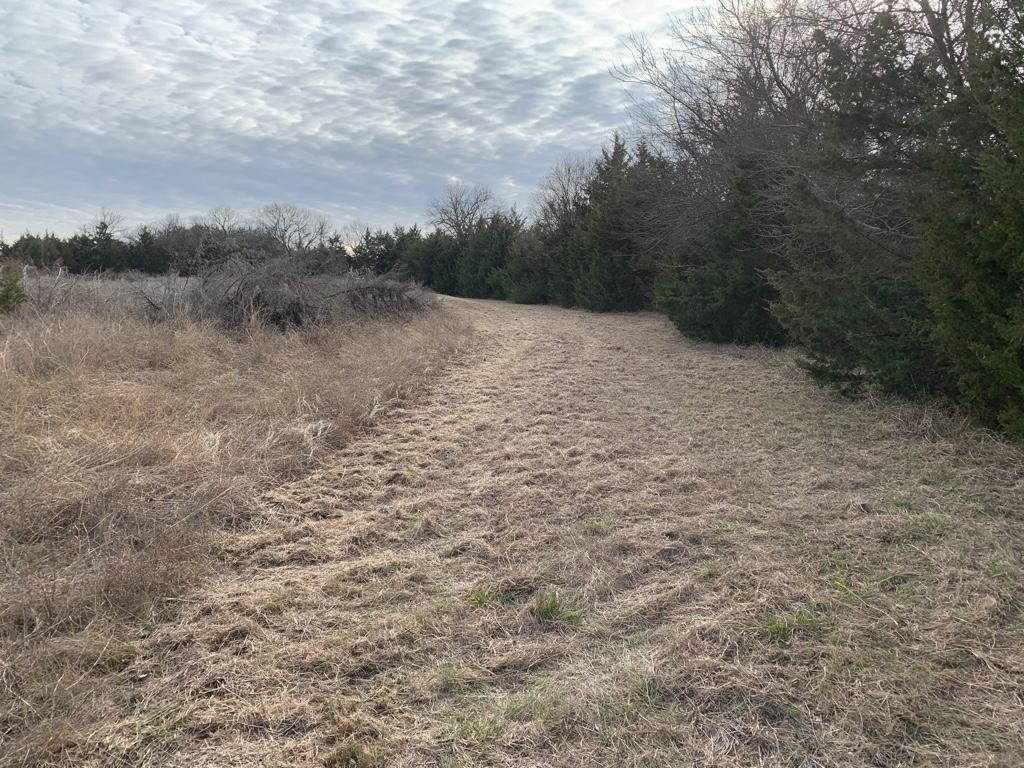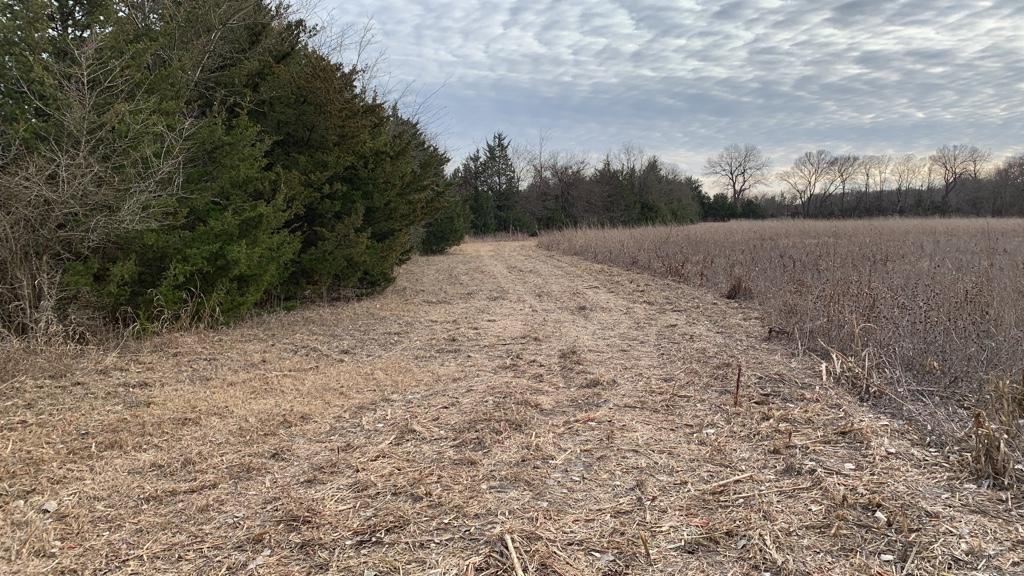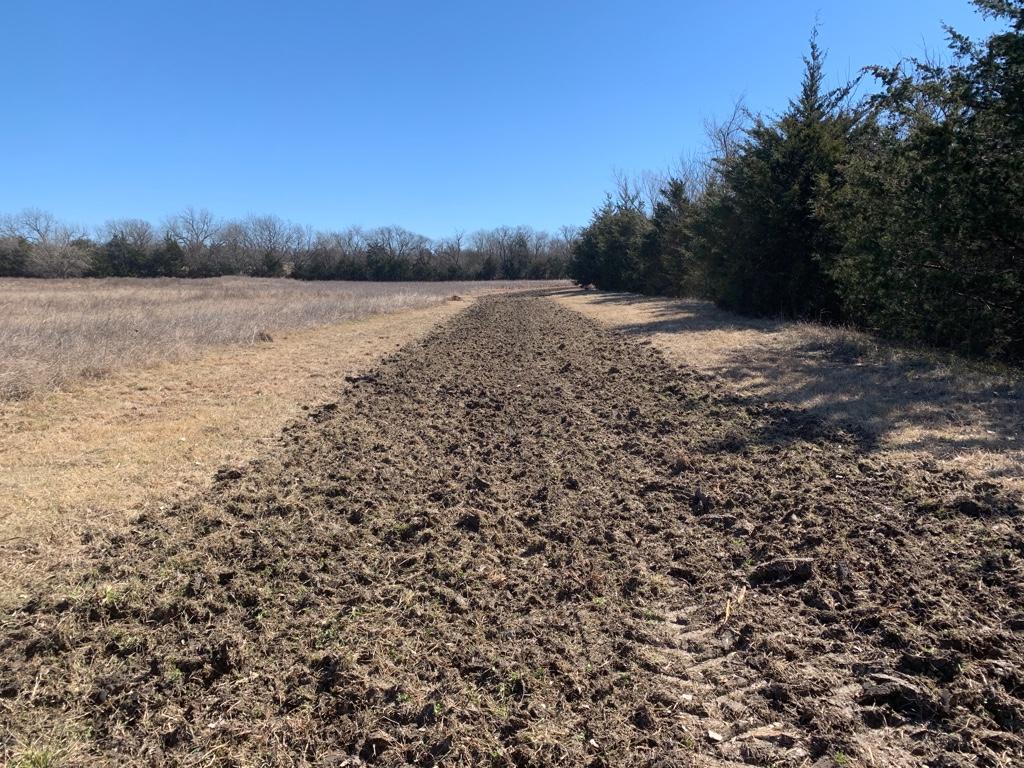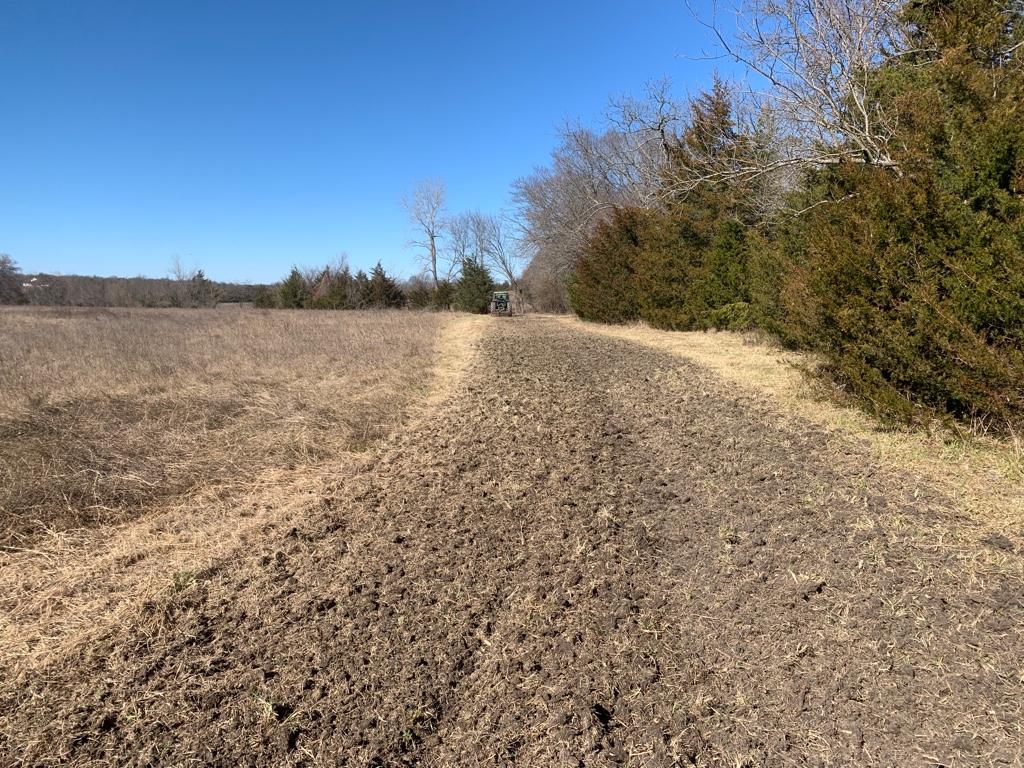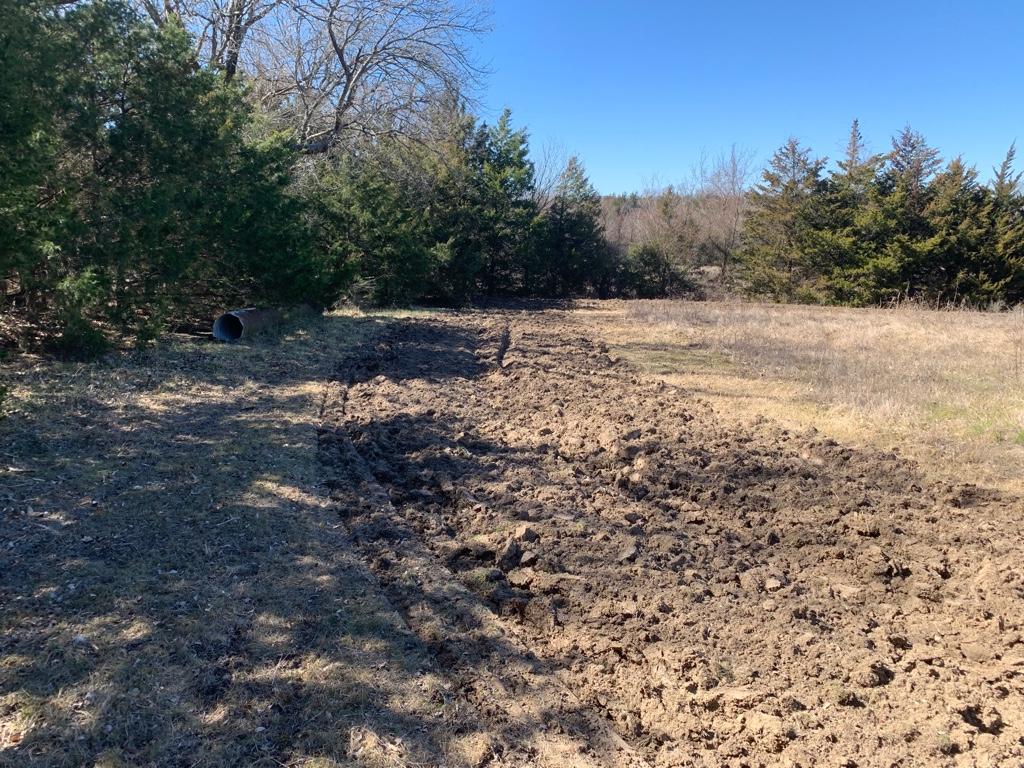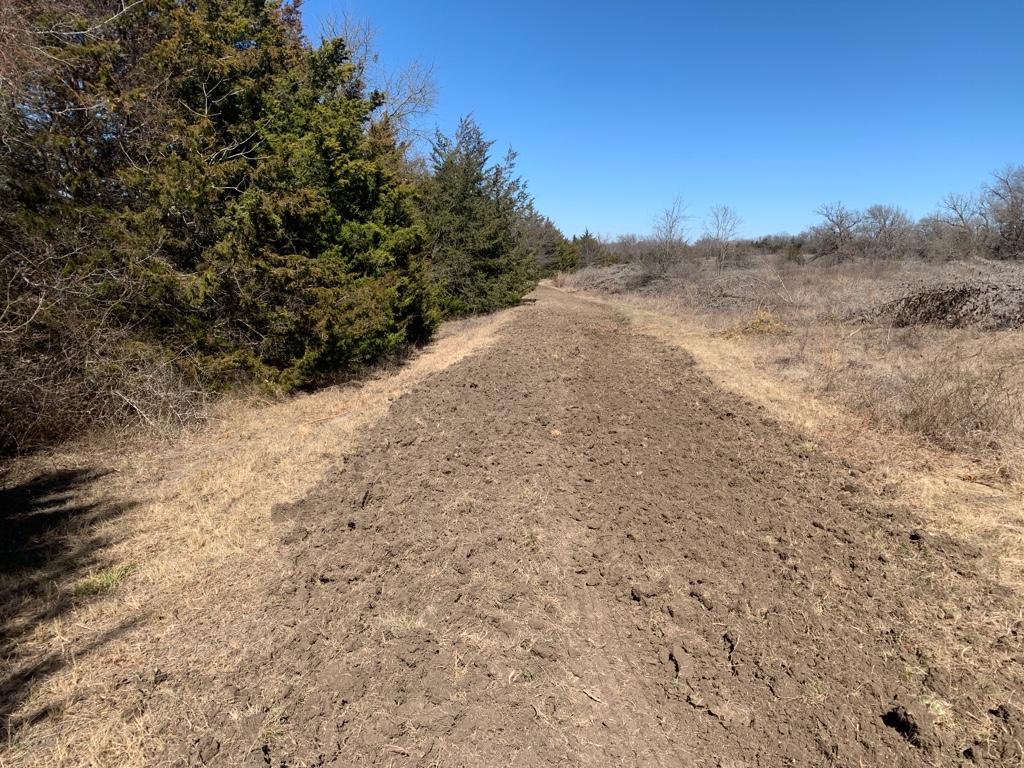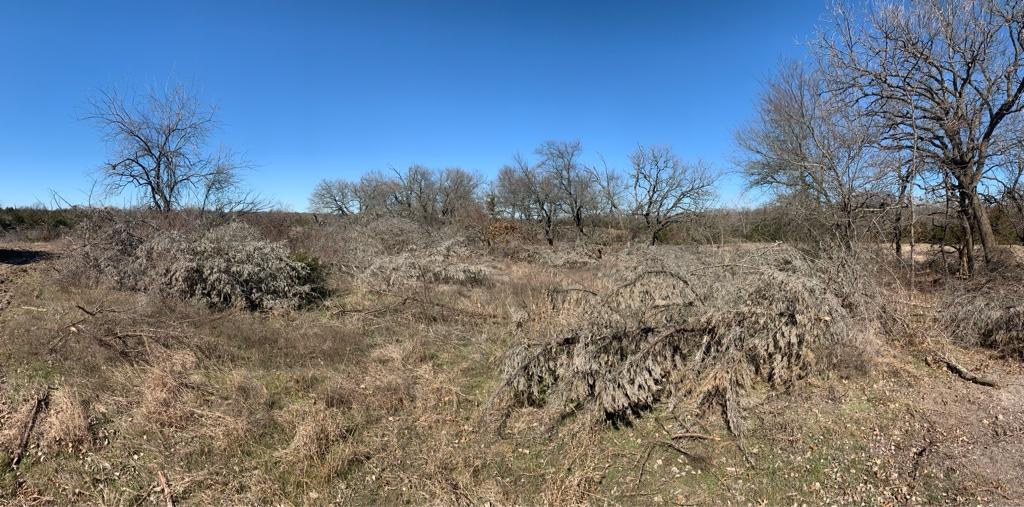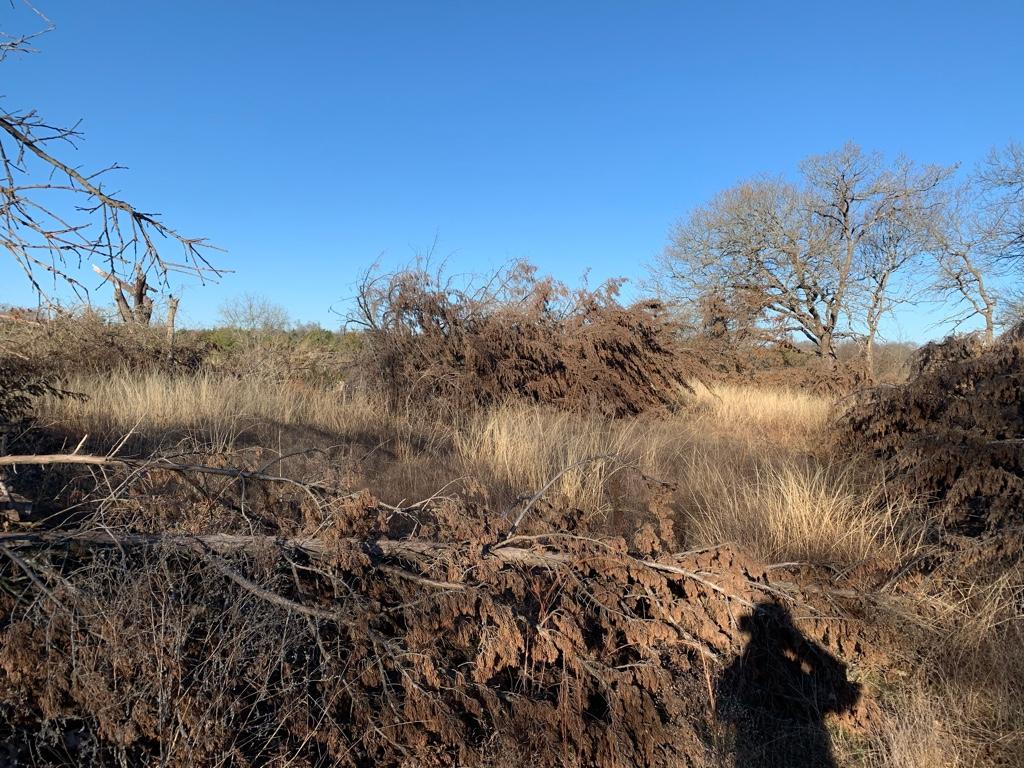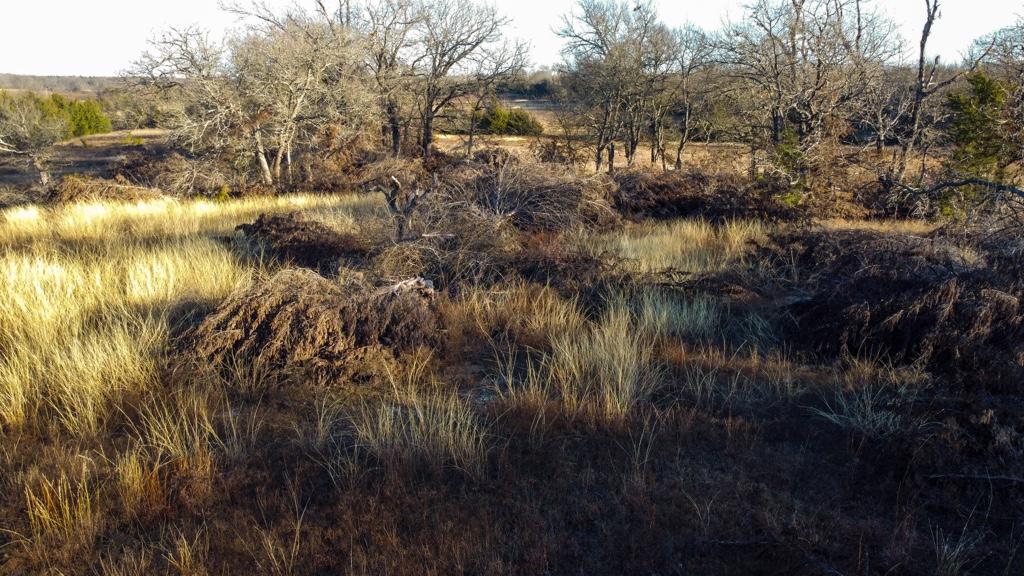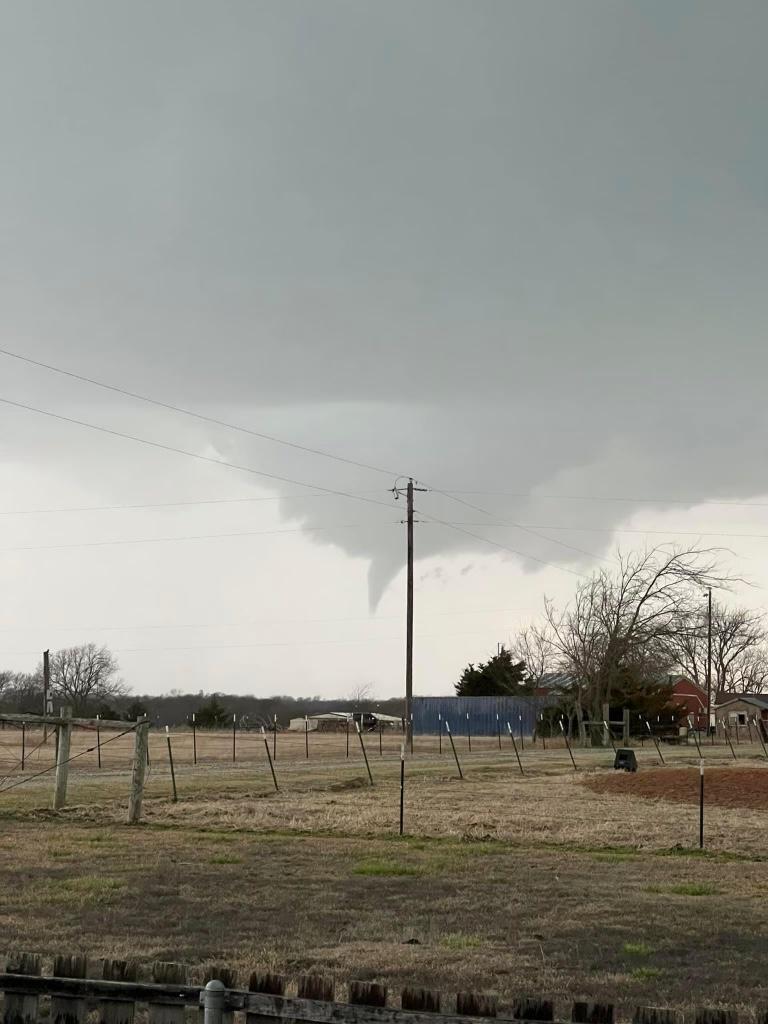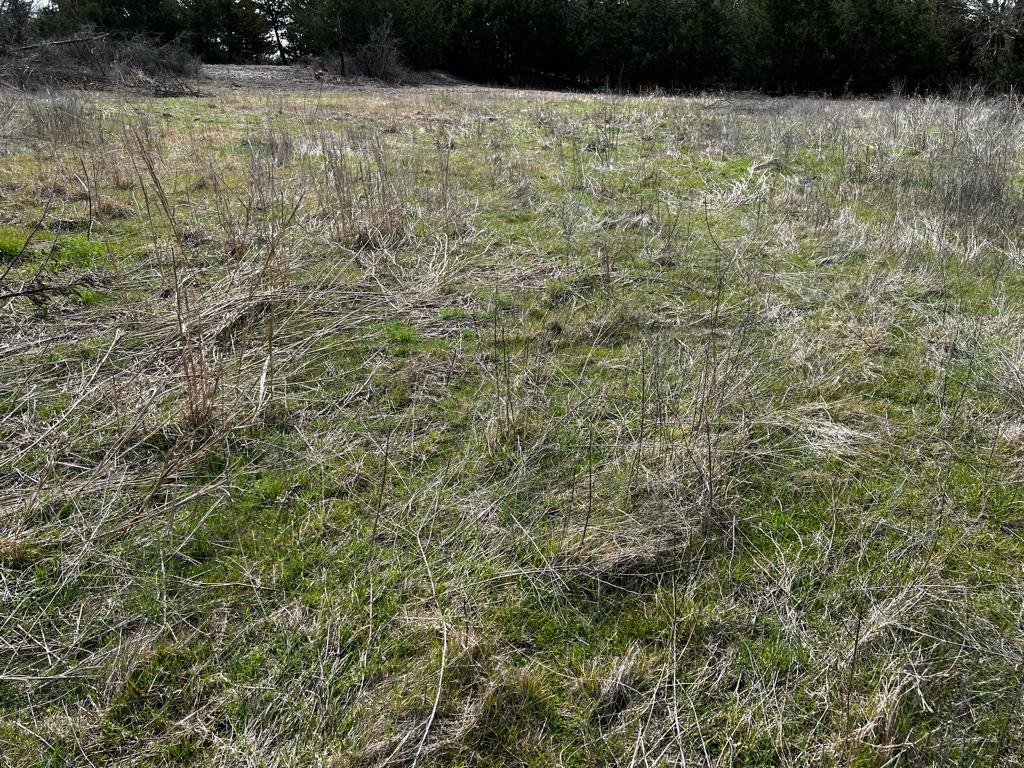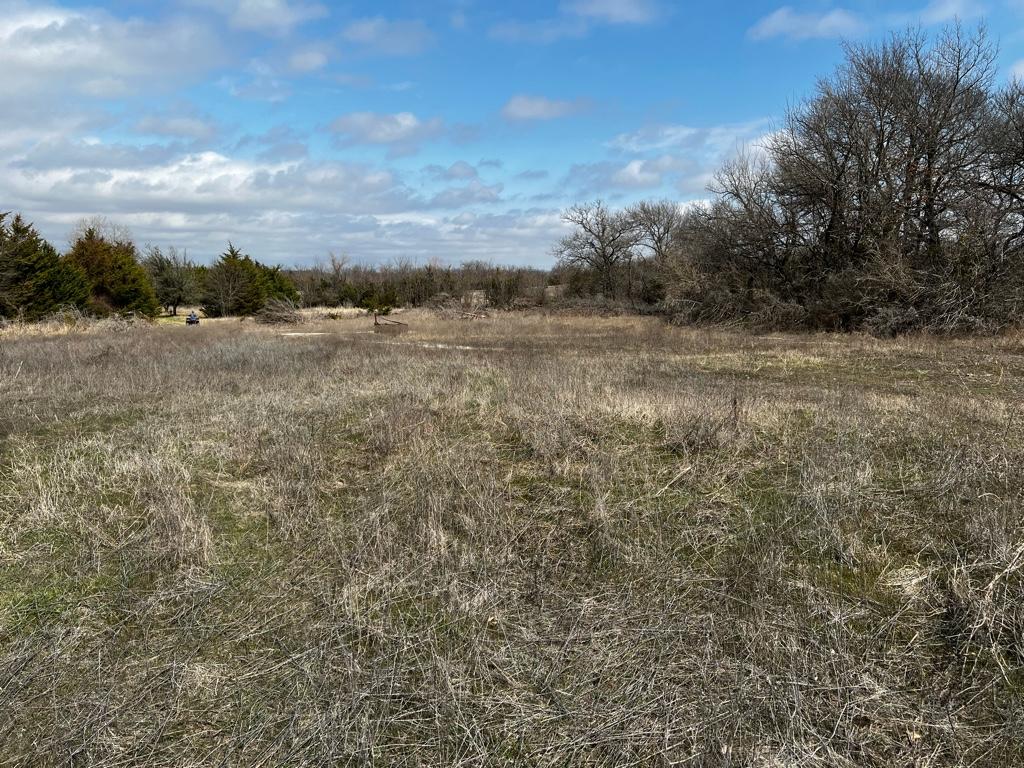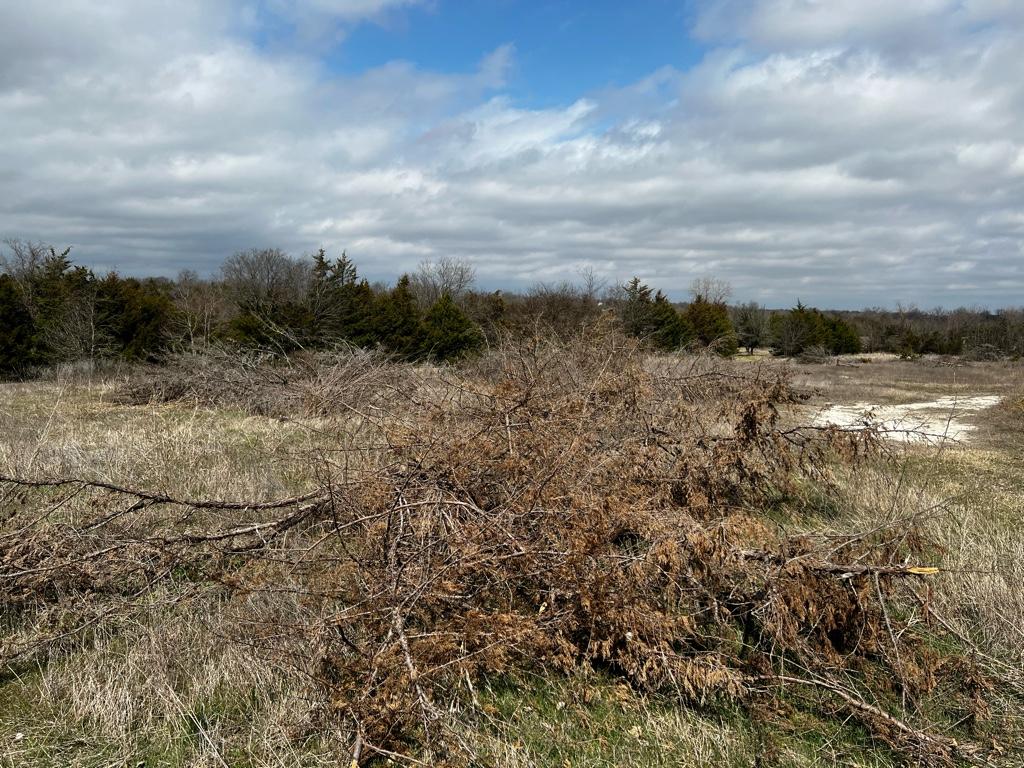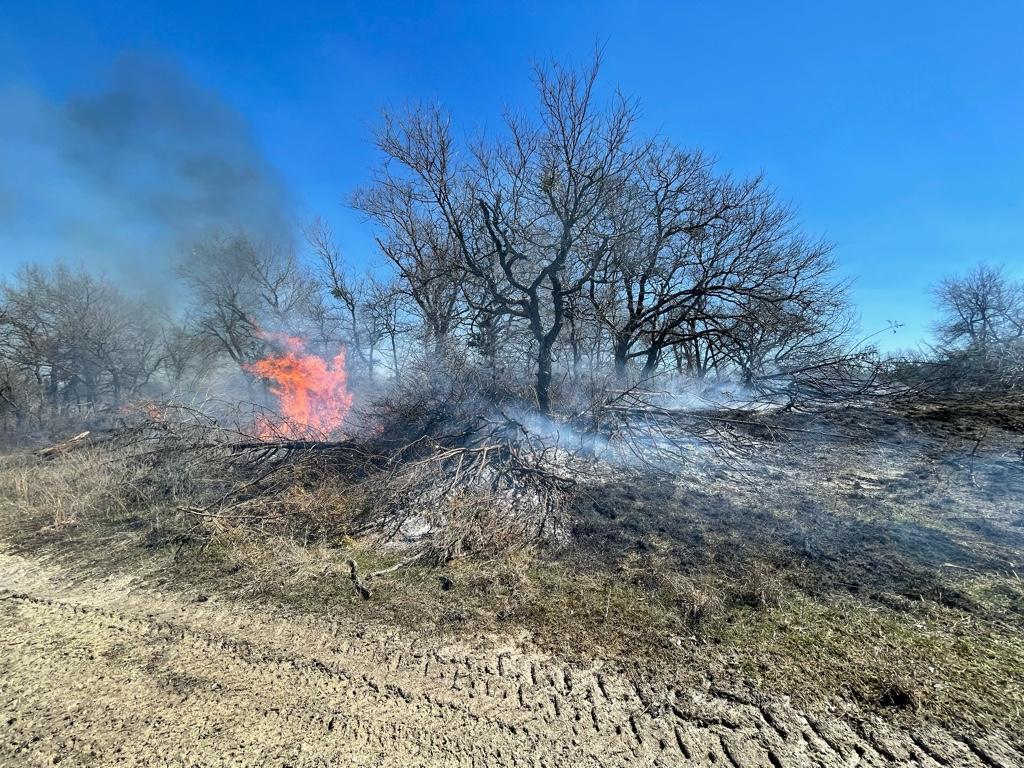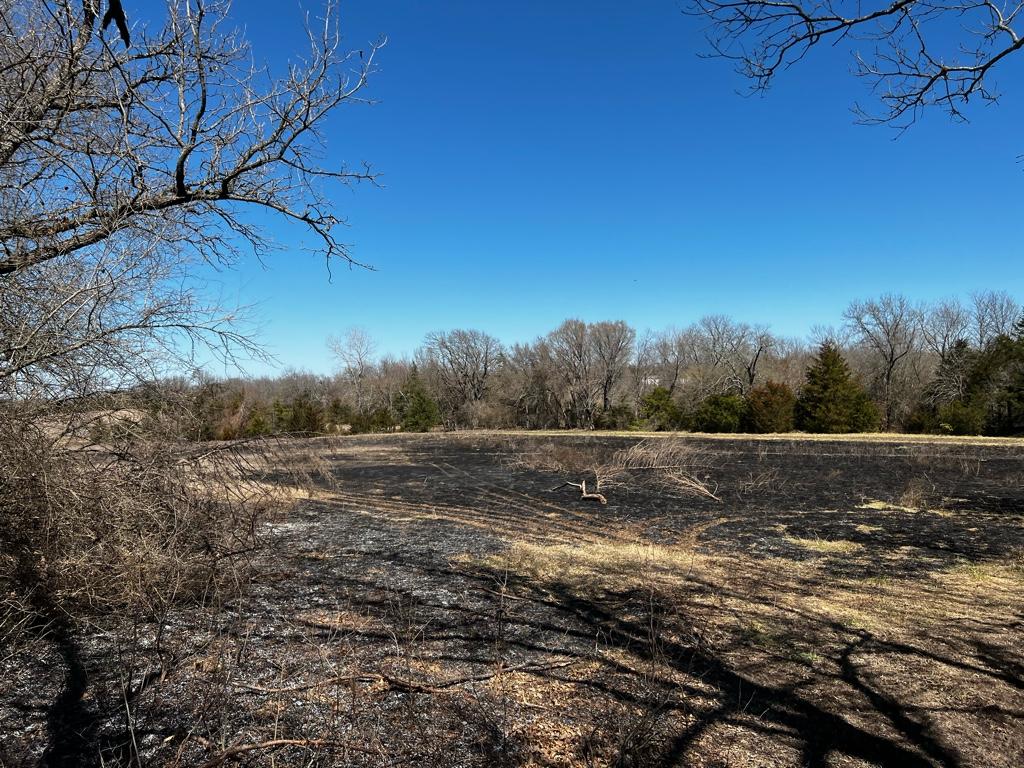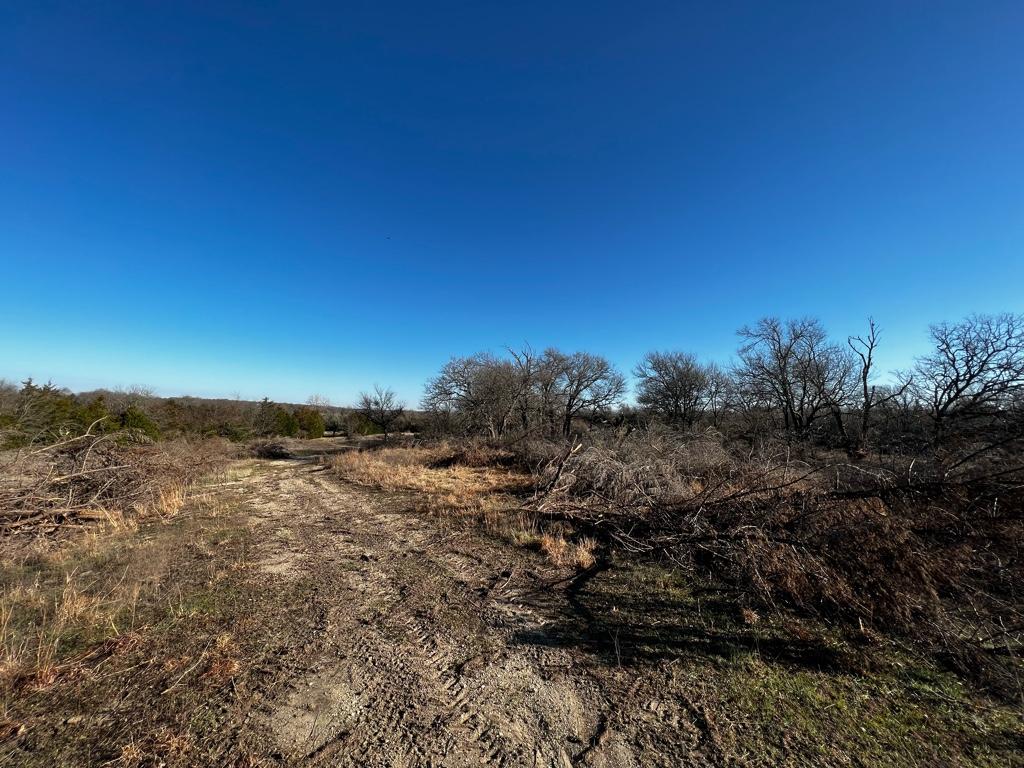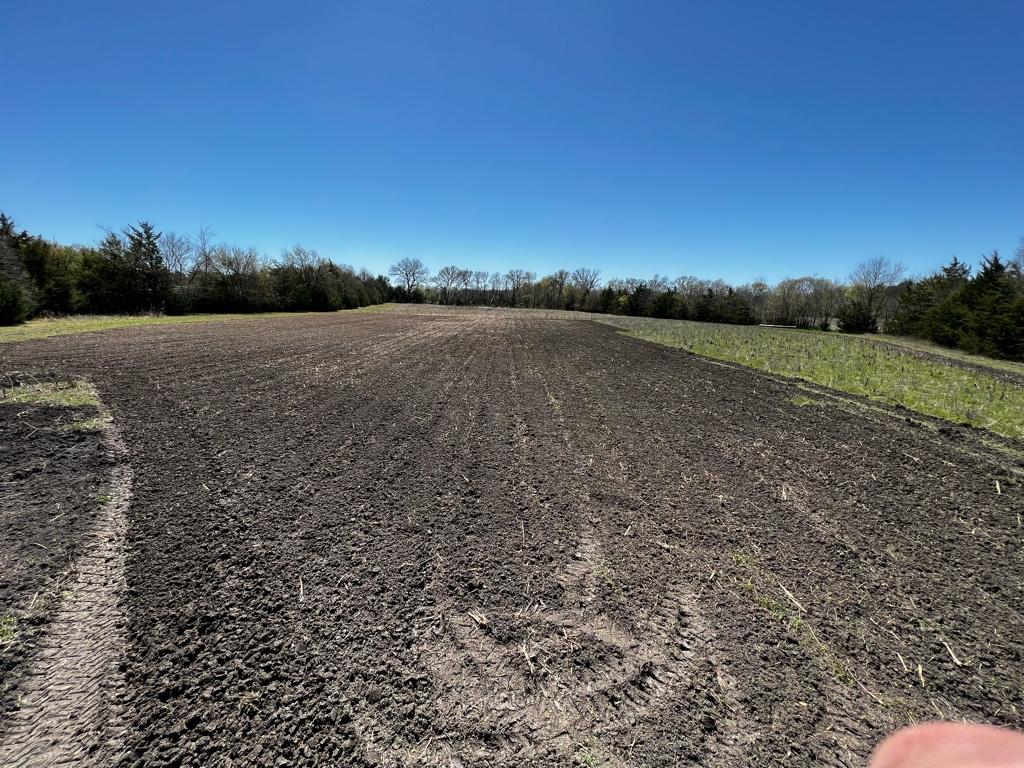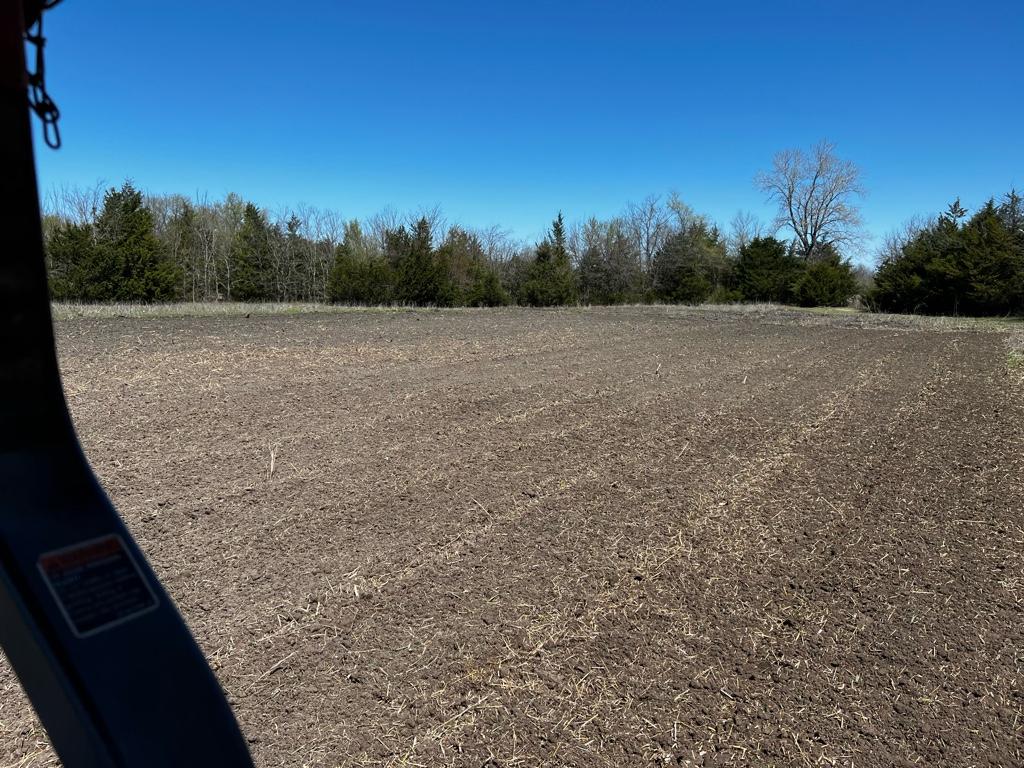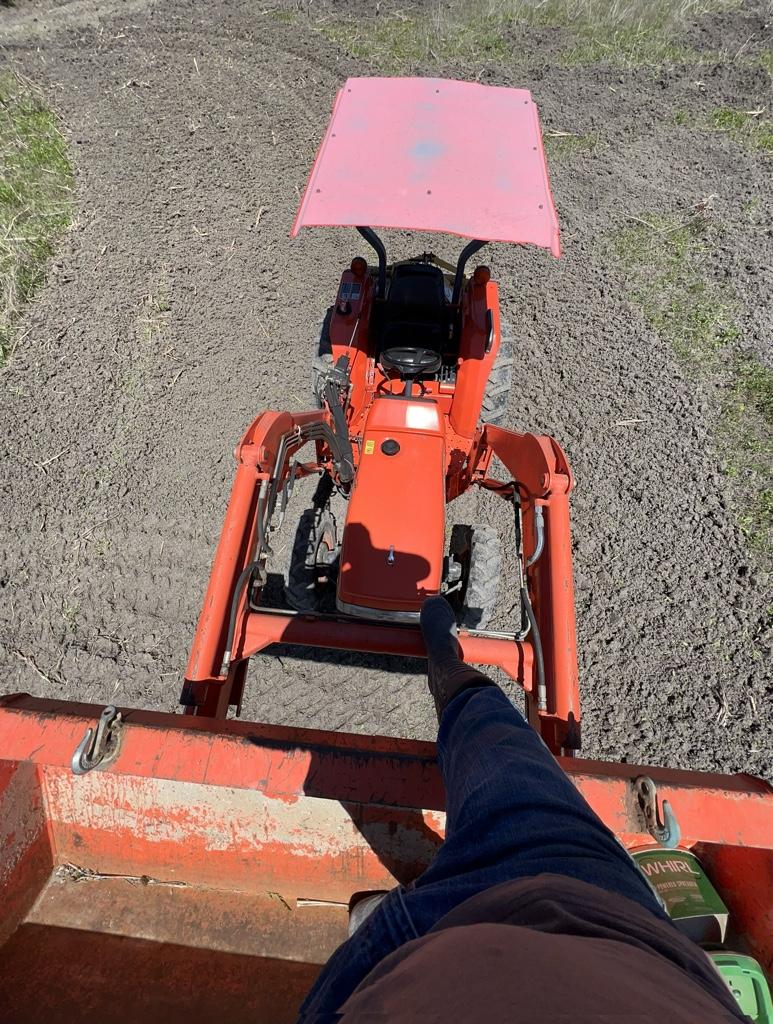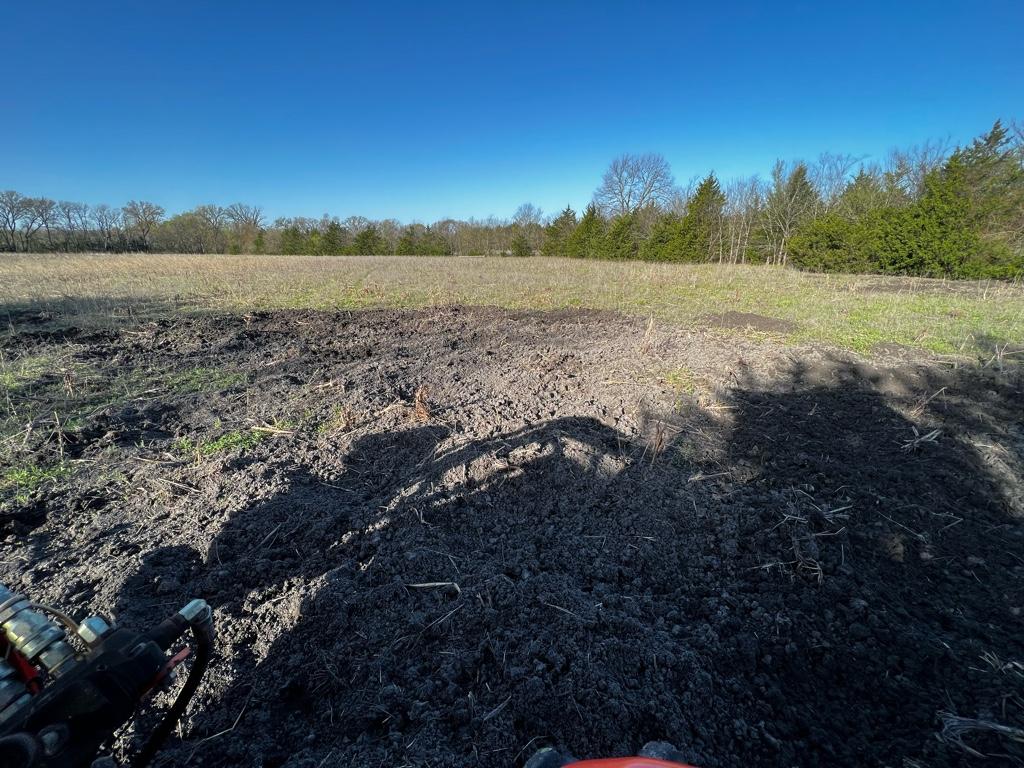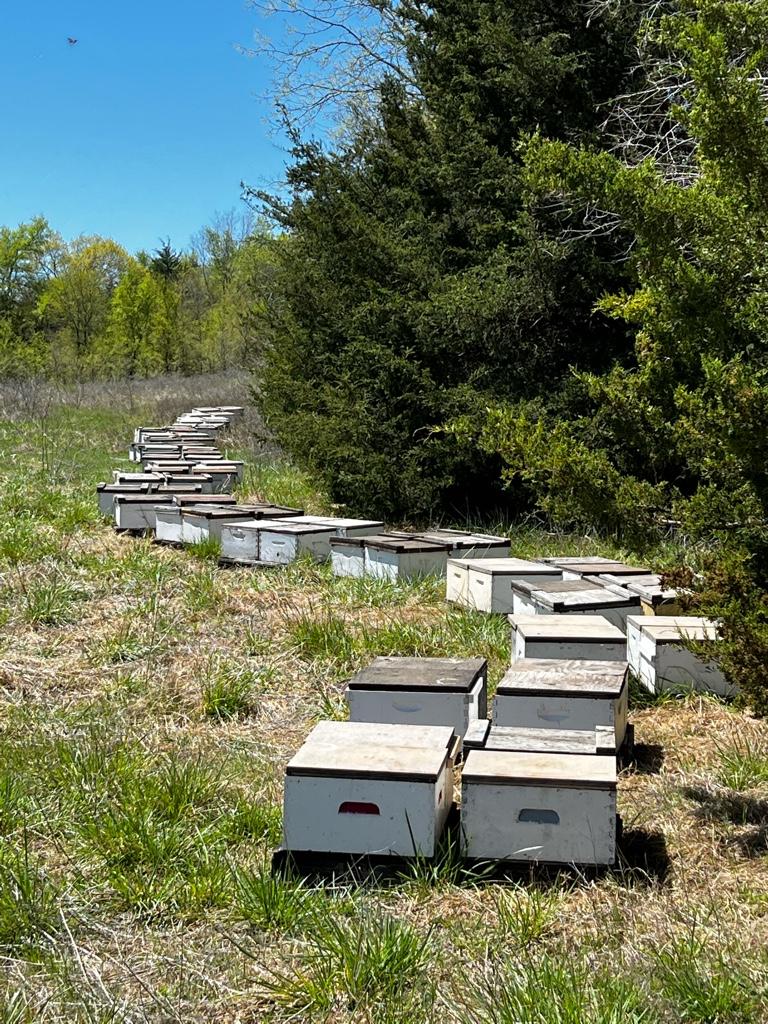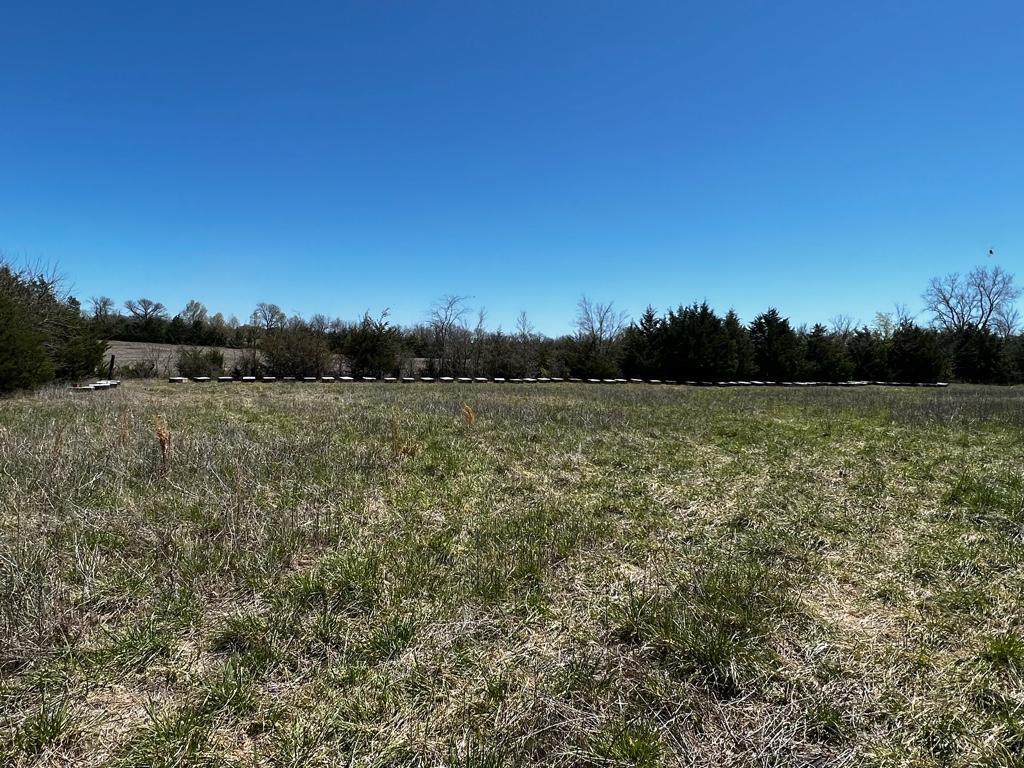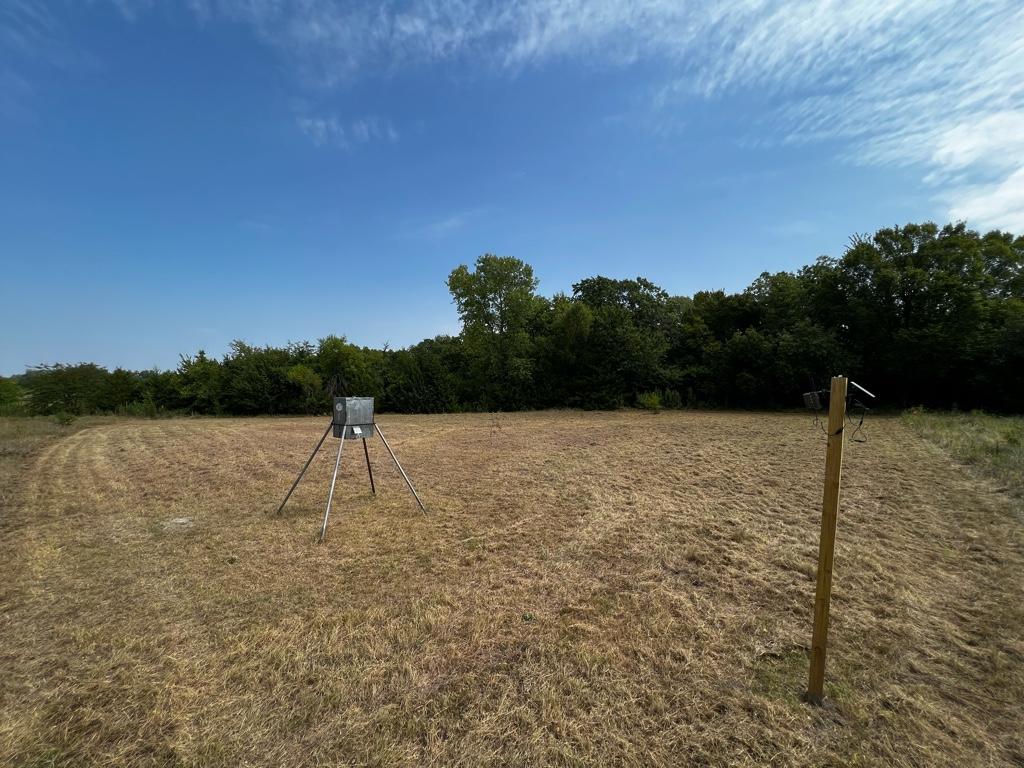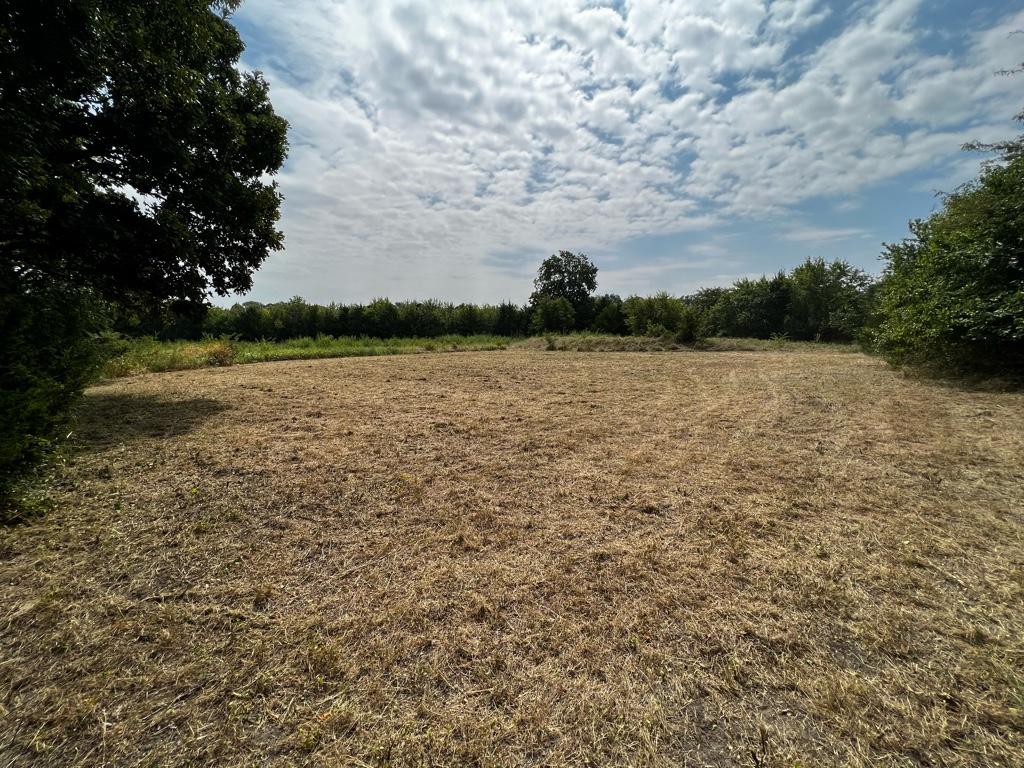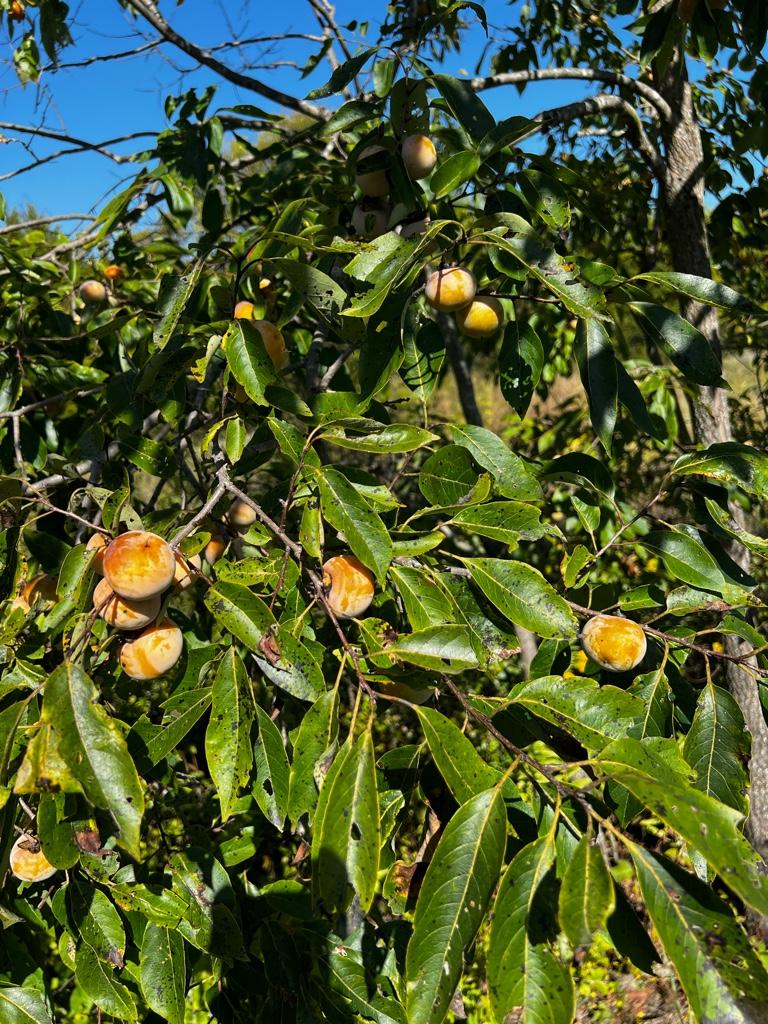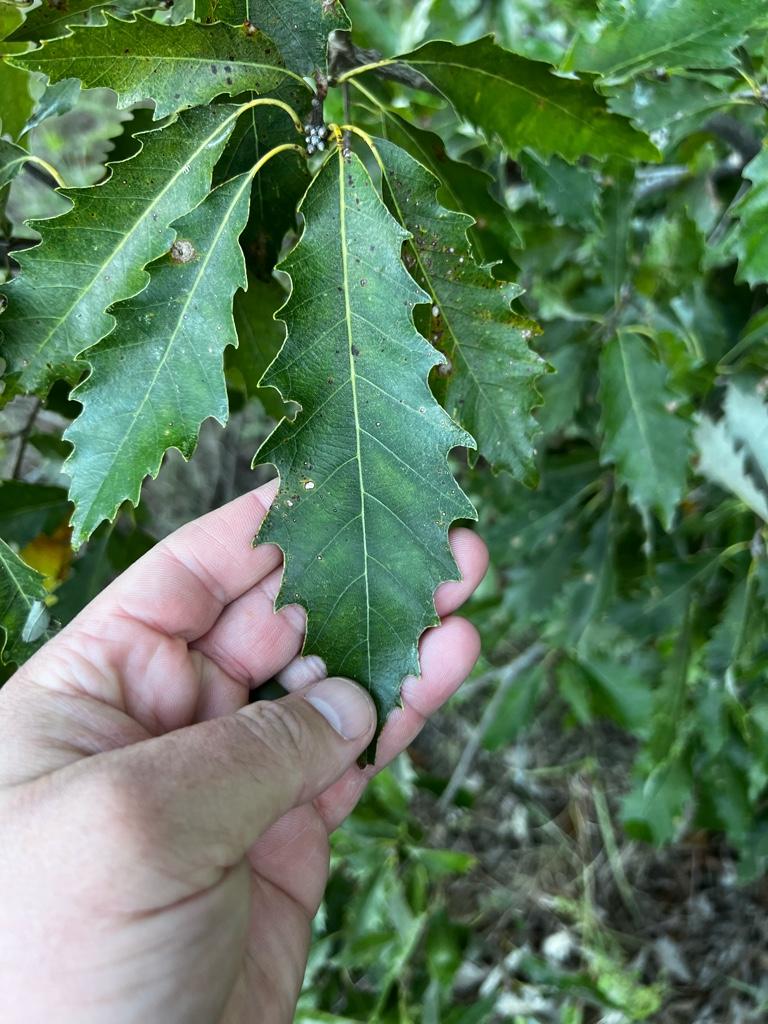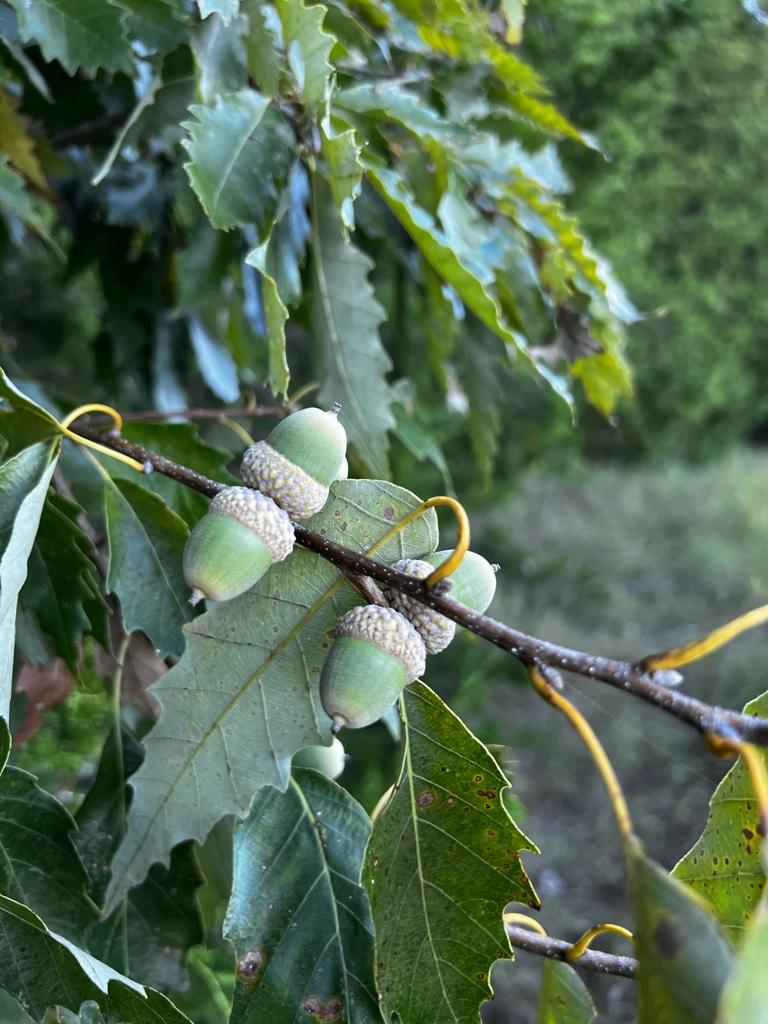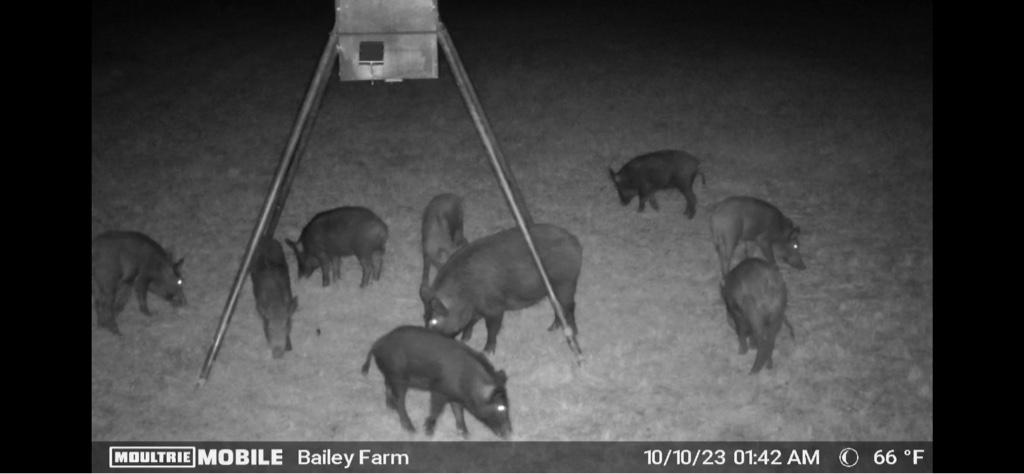I got up to the farm today to plant the food plot.
The burn is just as green as can be, like it never even happened. You can definitely tell what parts burned and what parts didn’t. The burned areas are MUCH darker green than the areas that didn’t burn. The camera doesn’t pick it up well, but you can easily see the exact pattern of the burn when looking over the grass.
I was able to put in most of the food plot, but it ended up a little smaller than previous years because it was too wet to till. The far west 30 yards or so went unplanted. I would have liked to have planted with the “throw and mow” technique I used the last few years, but after catching CoVid and blowing an ankle out last fall, the field sat fallow for the winter and didn’t have enough growth to mow down a good enough thatch to ensure germination. I ended up at around an acre and a half instead of 2, but I have MUCH more food plot than the area can justify with deer density anyways.
I didn’t have a drag or cultipacker, so I just seeded the full 2 acre rate on the 1.5 acres assuming lower germination.
The plot is Justin Seed Company’s spring deer mix with some vetch and clover that I added in.
When you don’t have a drone, you improvise…
The entrance to the plot where I usually plant screening had HORRIBLE pig damage. I would have had to work for several hours with the bucket to repair it, and didn’t have that kind of time, so I just skipped it for another day. Some of the holes are 2 feet plus deep. I only let a tire drop into one once before deciding I would give myself plenty of space to avoid them. It was so deep that once the back tire slid down into it, I had a hard time getting out because the fully lifted tiller was bottomed out behind me.
The below picture is before I ever started tilling, but the camera doesn’t show the depth very well. This area was probably 1/8th of an acre just turned into a moonscape.
I did video the beehives that arrived a few weeks ago, but it is taking forever to upload to YouTube. So, once that has uploaded, I will post that. I have yet to count the hives, but there are SEVERAL hundred. They ring the edges of 3 different pastures in pallets that have 4 hives. One of the pastures is exclusively 5 frame nuc hives that I am assuming were split this spring. If even half of those do well enough to transfer into full hive boxes, the whole north half of the place will be white boxes.
(Edit: Heard from the bee guy and he said these are pretty much all split hives growing out for either sale or to go into his honey production. He will only leave a small percentage of of the 1,000 or so hives currently on the place.)
The below 2 pictures are just the hives added this week, and this is by far the smallest set on the place.
From our old hand-dug well looking west
Looking east, remember, each patch of white in this pic is 4 hives.
The bees have definitely settled down in the last couple of weeks. They were VERY active when they first arrived and were fairly aggressive for domestic bees. I’m guessing that was just stress from being shipped from california almonds back here to Texas. My aunt lives on the property next door and said all the neighbors in the area had called her and asked what the heck was going on, because of literal clouds of bees in the area. Haha.
There will be some productive gardens in the area this year!
Sent from my iPhone using Tapatalk

